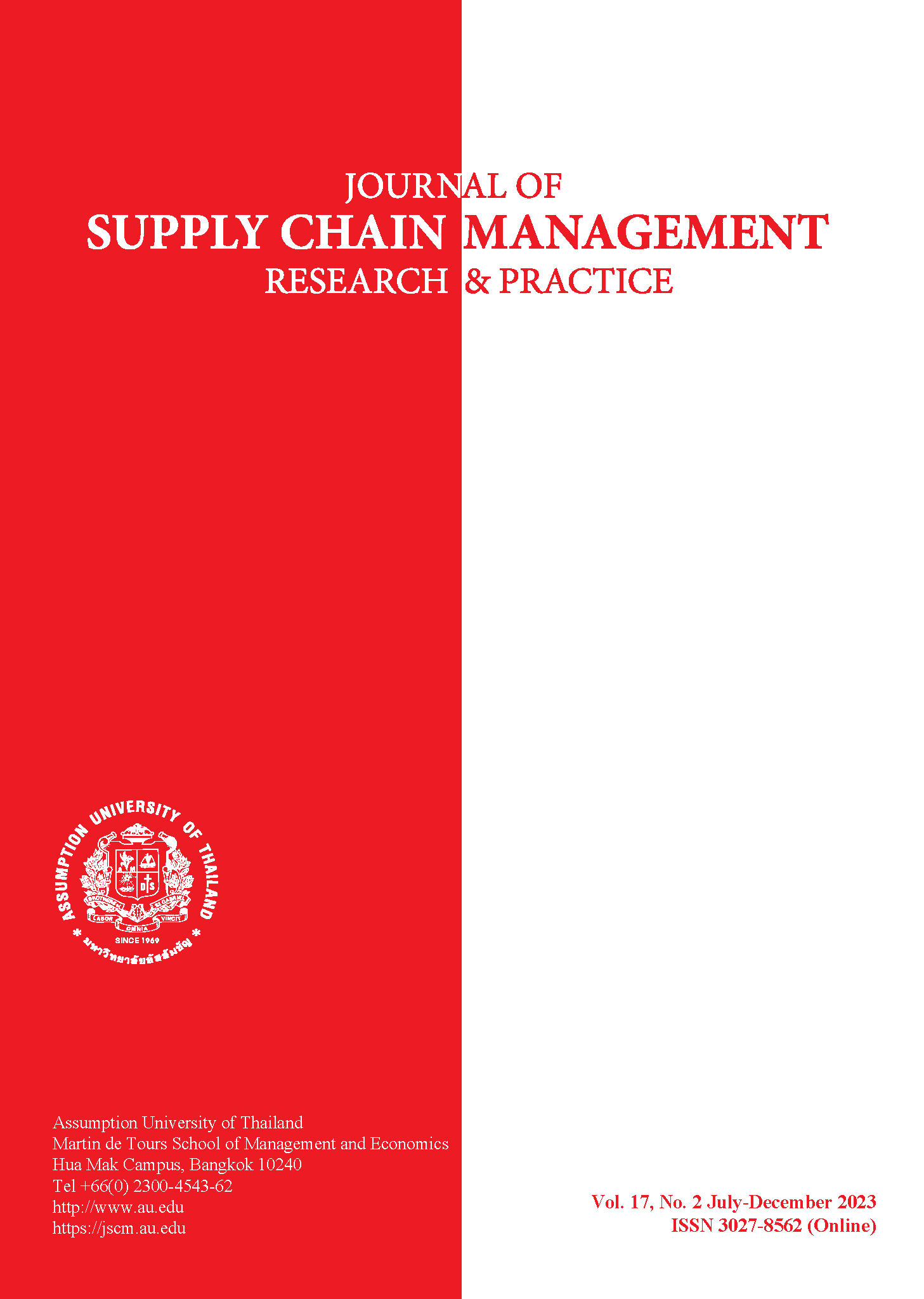AT WORK TRAVEL SAFETY: THE NESTLÉ GLOBAL CASE STUDY
Abstract
Nestlé operates upwards of 30,000 vehicles around the globe. The company calculated that in 2004 in Europe alone it needed to sell 235 million Kit-Kat chocolate bars to generate the revenue to finance its motor fleet collision risks. A range of initiatives has since been facilitated, initially through ‘early adopting’ business and now expanding globally.
Nestlé has applied research-led and practical approaches to prioritise loss prevention procedures, program and processes framed by the Haddon Matrix systems-based model. Initiatives include:
- Global road safety committee and key performance indicators established, and fleet safety tool kit developed for countries and business units entering the program.
- Travel safety built into the Global Nestlé Occupational Safety and Health Standard.
- Virtual Risk Manager as an IT risk management and collision reduction toolkit, available in all regions of the world with local content, language and imagery.
- Gap analysis tools and standards developed for contractors and vendors as sell as own fleets, with increasing focus on emerging regions with evolving road safety standards.
- Industry leadership through participation in the US Global Road Safety for Workers project, the Network of Employers for Traffic Safety, the United Nations Road Safety Collaboration, the Global Road Safety Partnership, the Fleet Safety Benchmarking project and the ‘Roads Between Us’ project in Ghana which is now being replicated in Cameroon.
Examples, such as Nestlé Mexico’s fleet of 3,900 cars, trucks, vans, buses and motor cycles which faces some of the world’s most dangerous traffic conditions are described to show the scope and impact of the program developed in collaboration between Nestlé, its global fleet insurance and risk management partner Zurich, and risk management partner Interactive Driving Systems.
This case study shows how using driver risk assessment, monitoring, management and improvement programs to create a crash free culture has potential for both business and road safety policy. As an example Nestlé Mexico achieved reductions in fatalities, injuries, collisions, claims frequency and costs. Such outcomes and their practical impact are explored in more detail throughout the paper.


